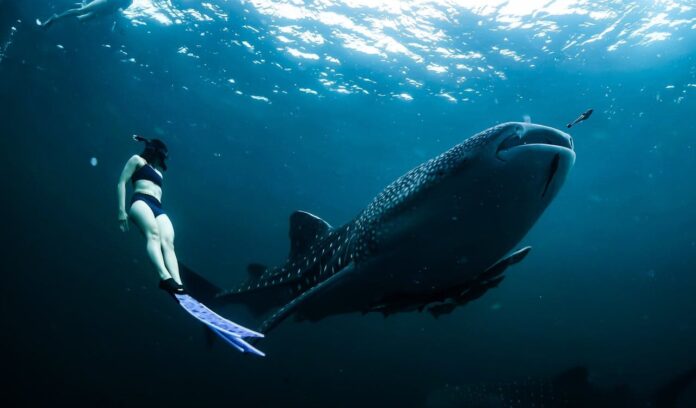Thick hides play an important role in protection against enemies and predators for some animals in the wild. This extremely tough skin helps the animal to shield their flesh from bites and other forms of attacks. You might think the larger the animals also means the thicker their skins are. Maybe you are right, and maybe you are not. So feel free to check out the list below with us and see which animals have super thick hides.
1Camel
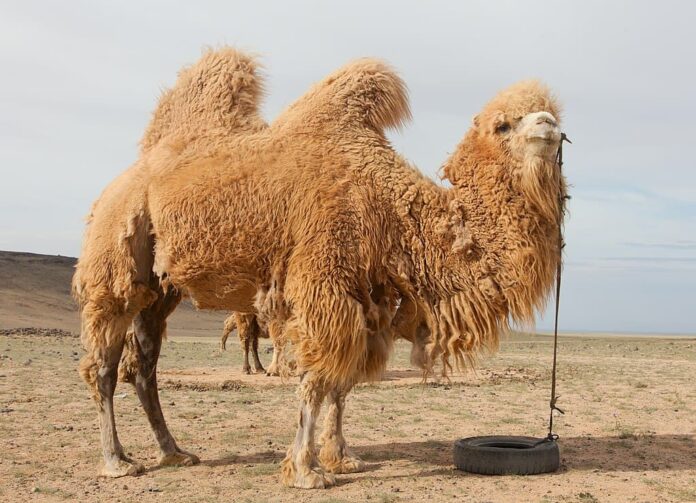
Camels are probably not the first animals that come into people’s minds when it comes to thick hides. Because of the conditions in their habitats, camels have to be extremely tough. The deserts are very hot during the day and cold at night, and camels have to adapt to those conditions. These walking ships of the desert have thick pads of skin on their chest and knees. This allows them to sit comfortably in very hot sand when they need to rest without a single problem.
Along with that, camels also have thick lips that help them to feed on thorny plants that other animals can’t eat. Plus with their thick eyelashes and thick eyelids, walking in sandstorms is also not a problem for them. When the nights come, the thick fur on their bodies will protect them from the cold winds. With thick hides and tough body parts, camels can travel through deserts for months. There are many fascinating things about them, and having protective skin is just the tip of the iceberg.
2Crocodile
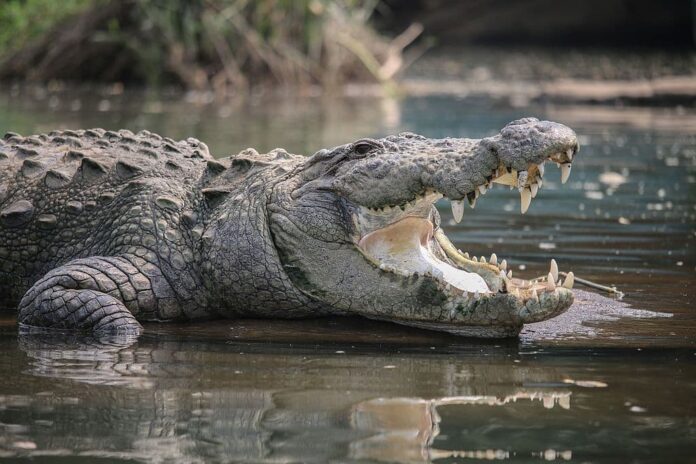
Every hunter knows so well that crocs are the reptiles with very thick hides and tough skin. With the combination of protective dermal and epidermal components of the integumentary system, their skin functions as an armor. In fact, the bony structures on the skin of their back make their skin bulletproof. Another interesting thing about them is that the scales that cover a major part of their body are arranged in a regular pattern. The thickest parts of their skin are their back and head, and those parts may ricochet bullets as well. The only gentle part of a crocodile’s body is its belly, and the rest is all super tough exoskeleton.
Apart from the well-armored body, crocodiles also have sensitive pressure receptors located in pits in the scales around their mouth. Just like what their scales do, those sensitive receptors can detect the motion of prey swimming in their territories with ease. This is why crocodiles are able to hunt with their eyes closed in dark or murky water. Crocodiles are extremely aggressive and strong reptiles that own the water, and they are not afraid to attack. Some of the only docile crocodiles are the captive individuals who show either aggressiveness or fear towards humans.
3Elephant
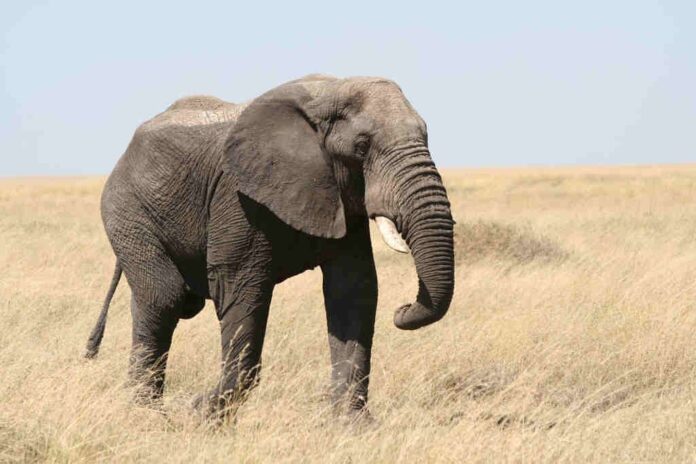
Here we have the largest living land mammals in the world, and one of the animals with thick hides. An elephant’s skin is around 2.5 centimeters (1 inch) thick in most places, especially the back. Their skin is thinner on the ears and around the mouth which is more delicate and sensitive. Elephants keep their skin clean by taking mud baths and regular baths as part of sunburn protection. This is why we often see them with the color of dirt instead of their original dark gray skin color.
Despite the thick hides, elephants are actually very sensitive as they can feel even the smallest insect bites. The fascinating thing is that the folds and wrinkles on their skin can retain up to 10 times more water. This is to help to cool them down during hot days under the scorching sun where they live. Because of that, you can see why the skin of African elephants has more wrinkles than that of Asian elephants.
4Hippo
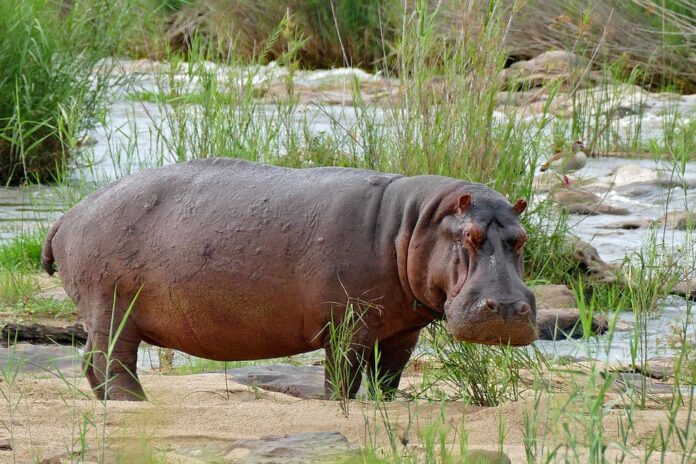
Being a tough walking tank in the water, the hippopotamus is one of the animals with thick hides. With skin that is 6 centimeters (2 inches) thick, their whole body is the shield to protect themselves from enemies. In the wild, predators always have to think more than twice before attacking a hippo. Chances are the attack will not work because of the thick hides, or even worse, being bitten by the hippopotamus.
Besides the strong body armor, hippos also have large teeth and tusks along with strong bites as well. Hippos are very territorial, and they never hesitate to attack anyone who enters their territories in the water. Not to mention that they are the third largest living land mammals, it is a bad decision to mess with them. Plus with the bad temper, these animals are quite dangerous for people to be around.
5Honey Badger
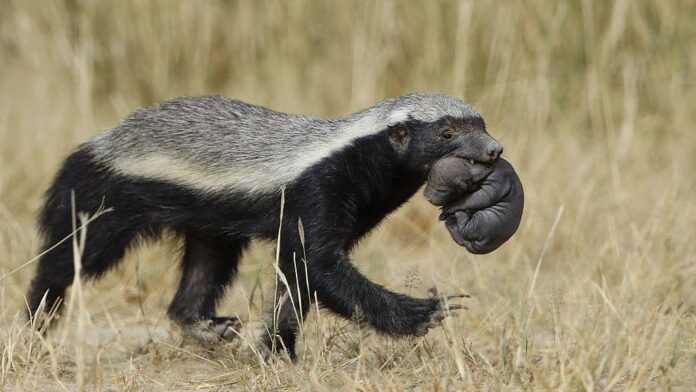
People often ask why are honey badgers so hard to kill, and here are the answers to this question. For a small animal, honey badgers have very thick rubbery skin of 3.5 centimeters (¼ inches). According to some sources, they mentioned that a honey badger’s skin is almost impervious to traditionally made arrows and spears. Even more fascinating, it can take a full blow from a sharp machete without cutting the skin all the way through. These are among the reasons why honey badgers are also one of the most fearless animals in the world.
You have probably seen footage of hyenas or lions attacking a single honey badger, but that did not work out. First of all, the skin of honey badgers is tough enough to protect them from the teeth of those predators. Along with that, their skin is also fairly loose as well. So in case the enemies grab hold of it, the honey badger can squirm about to fight back. Apart from elephants and rhinos, honey badgers have thicker hides than the rest of other animals especially the ones with similar size. With everything together, no doubt why honey badgers can fearlessly kill animals larger than them.
6Rhino
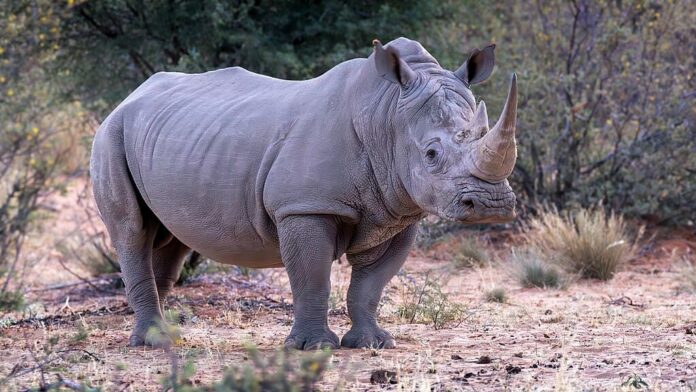
Staying on top of the hippopotamus, rhinoceroses are the second largest living land mammals in the world. As one of the Big Five, which is the most challenging and dangerous animals to kill, rhinos have very tough skin. The job of their thick hide is to prevent serious complications or injuries that they might face. Although not bulletproof, their hide is thick enough to shield the impacts of smaller bullets. Simply put, their skin can only resist some lower caliber handgun bullets, not the ones used for hunting.
Their skin is formed from layers of collagen and positioned in a lattice structure (crisscrossed framework). The hide of a rhino is around 5 centimeters (2 inches) thick, but it is quite sensitive as it is susceptible to sunburn. This is why they roll in the mud so that they get a layer of protection as the mud dries. Such natural protection does not only protect their skin from the sun but also insects. Rhinoceroses always have to be mindful of their skin or it can become damaged irritated, and vulnerable.
7Sperm Whale
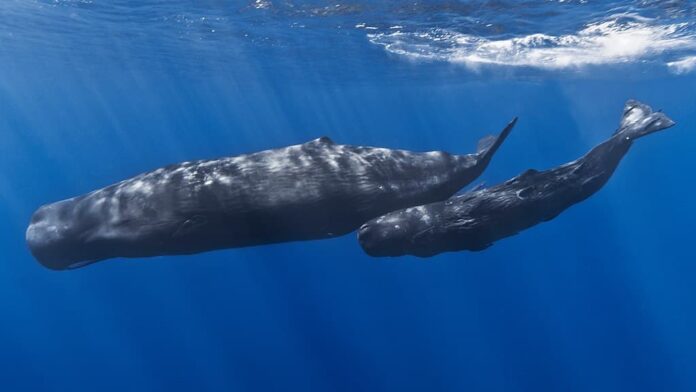
It is not easy being docile mammals that swim in large oceans full of dangerous predators. This is why sperm whales have thick hides to protect them from common attacks while swimming. A sperm whale’s skin can be up to 35 centimeters (13.5 inches) thick, making it the thickest skin of any animal. However, this thickness is only on the back and head areas of a sperm whale. As for the thickness of their body skin, I could not find the source of that information. Besides being the animals with the thickest hides, sperm whales are also the largest-toothed whales as well. Sperm whales occur throughout the world’s oceans and in the Mediterranean Sea, and there are only 300,000 of them today.
8Whale Shark
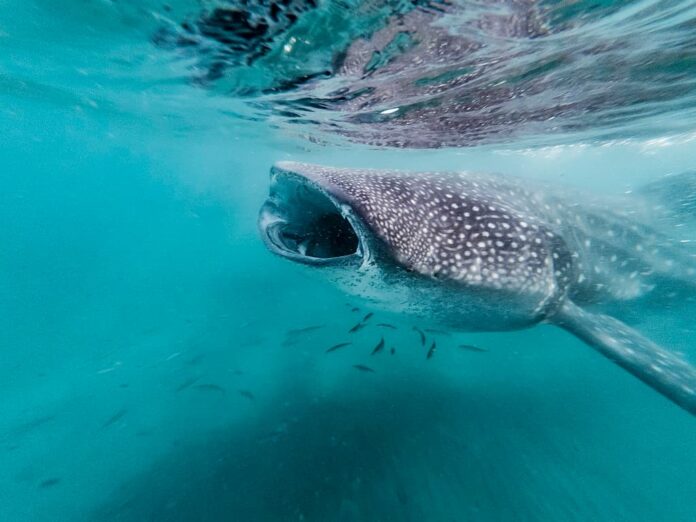
In spite of being the largest fish in the world, whale sharks are very docile fish. Because they don’t attack other animals swimming in the ocean, these fish definitely needs to have strong bodies to protect themselves. This is why their skin is as thick as 10 centimeters (4 inches) along with the consistency of strong rubber. The combination of these two helps to prevent attacks from predators such as great white sharks, killer whales, tiger sharks, and humans.
On top of that, parts of their skin are incredibly tough thanks to the hard tooth-like scales called denticles. These denticles cover the whale sharks’ backs, and they can toughen the skin by clenching the muscles lying beneath it. By doing so, the predators that try to attack them by biting on their bodies cannot penetrate their skin at all. The only soft and vulnerable part of a whale shark’s body is its underbelly. This is why a whale shark often turns its belly away when a human diver approaches it.
Related Post: Animals With Special Armor


